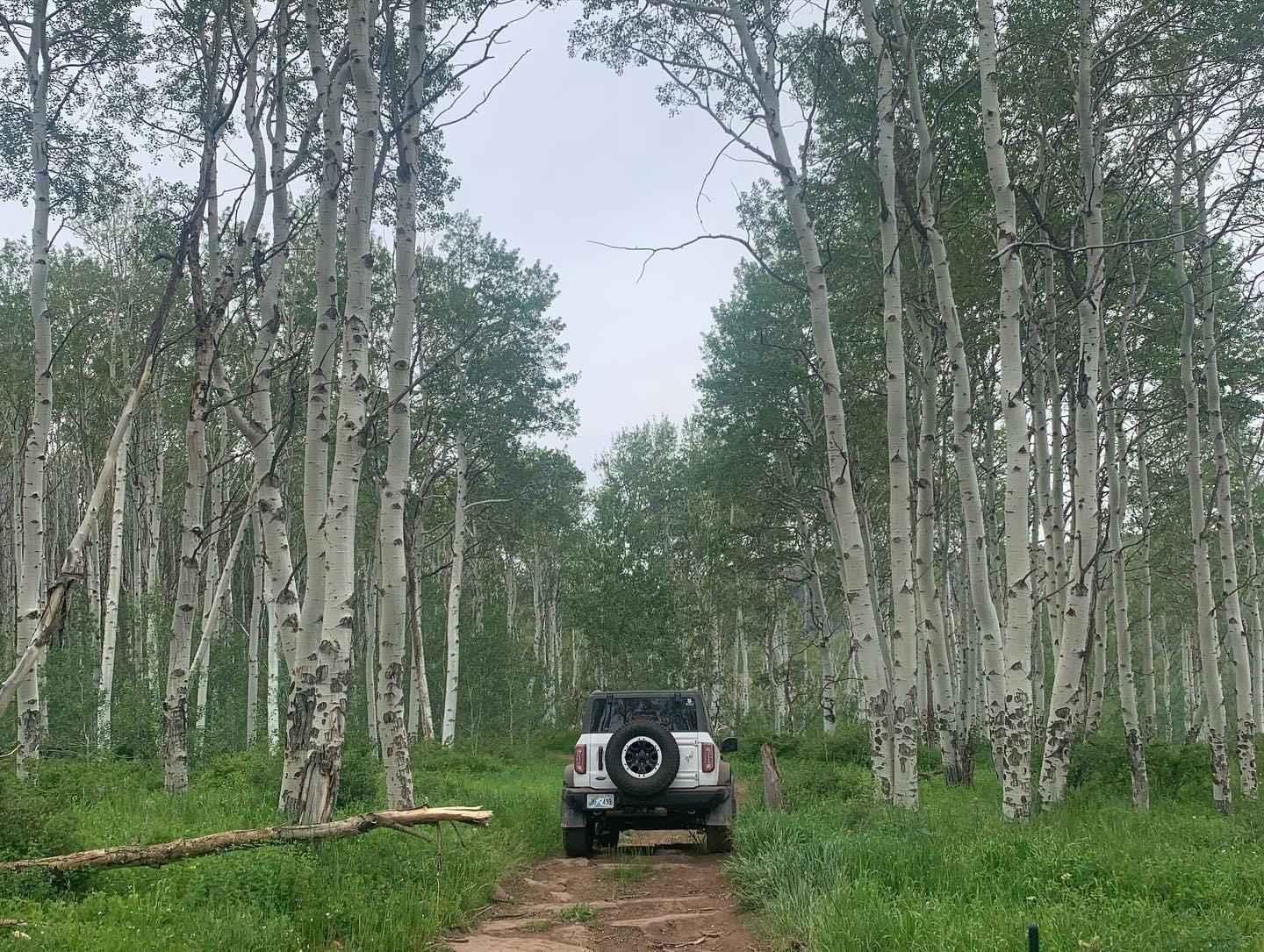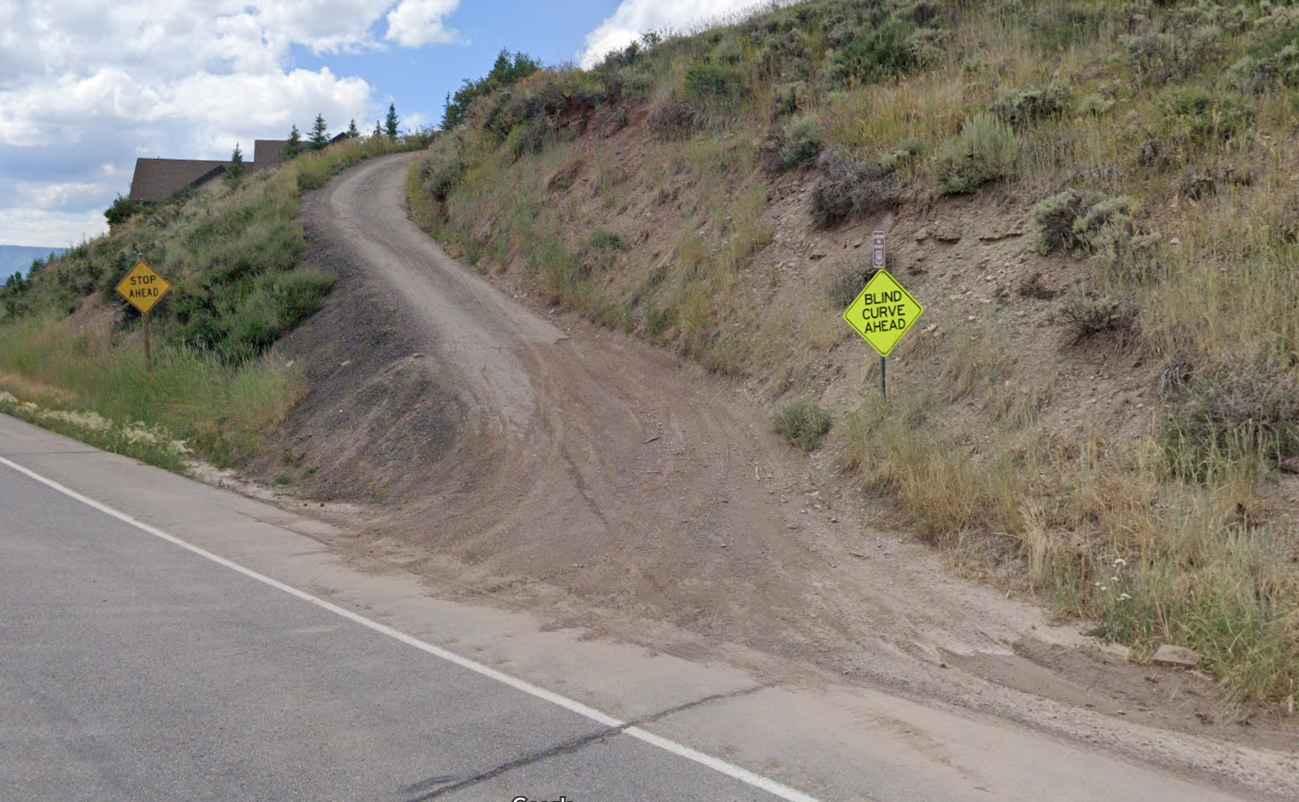Metcalf Creek Road
Total Miles
3.2
Technical Rating
Best Time
Summer, Fall
Trail Type
High-Clearance 4x4 Trail
Accessible By
Trail Overview
The road begins near Vail, north of I-70. It starts out steep and eventually connects to the Red White Trail. There are some very narrow areas, so consider the width of your vehicle before you get too far up. A full-size SUV or pickup would have a hard time. Your Bronco, Jeep, or mid-size pickup should be fine but may require a spotter in certain areas. Midway, there are beautiful views of the valley, and towards the top, there is an amazing aspen tree grove. The Forest Service has cleared several trees with chainsaws, creating many narrow areas to navigate, so expect downed trees and consider taking a chainsaw. You may encounter both hikers and mountain bikers, but there are few vehicles on this trail. Also, keep in mind that if it has rained recently, this road will likely be impassable. After you connect to the Red White Trail, the road is much easier. Metcalf Creek Road opened in late June, and it is unclear how long it will stay open, so check with the Forest Service.
Photos of Metcalf Creek Road
Difficulty
Metcalf Creek Road starts out very steep and has at least a couple of areas that have large rocks that may require a spotter. It also has ruts and many downed trees that require navigation and some spotting. This trail opens at the end of June after being closed all winter.
History
This trail is named after John Metcalf, who was originally from Ohio. Eventually, he would come to own most of western Avon. He rode with Oscar Traer to Central City to witness the "proving up" of each other's homesteads. He served as one of Eagle County's first commissioners after the county was carved out of Summit County in 1883. He joined forces with fellow homesteaders to build the Metcalf irrigation ditch to open up more land for agriculture. In 1896, Metcalf signed all the property over to his wife and left town for the Klondike Gold Rush in the Yukon Territory, never to return.
Status Reports
Metcalf Creek Road can be accessed by the following ride types:
- High-Clearance 4x4
- SxS (60")
- ATV (50")
- Dirt Bike
Metcalf Creek Road Map
Popular Trails
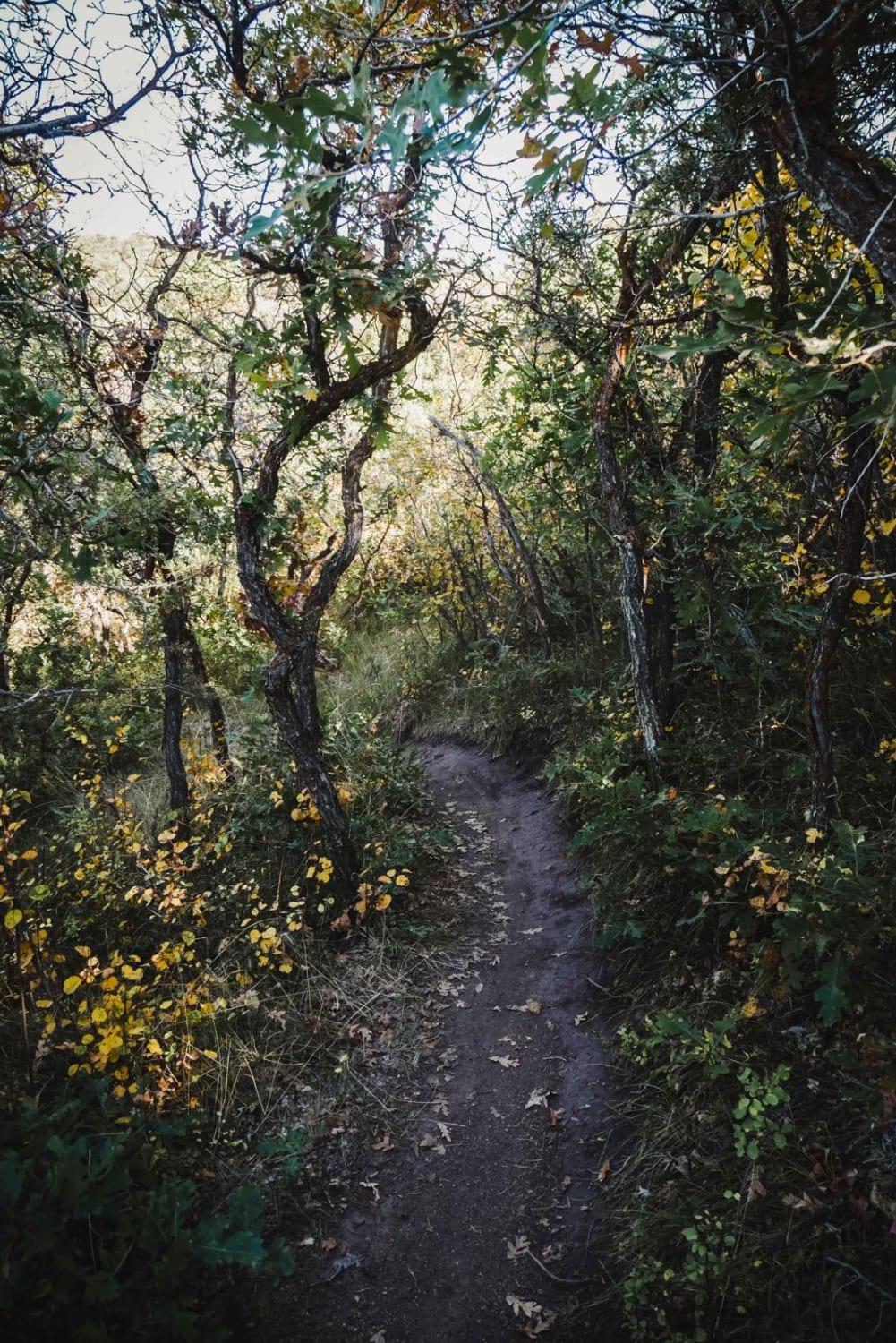
North Porcupine Trail
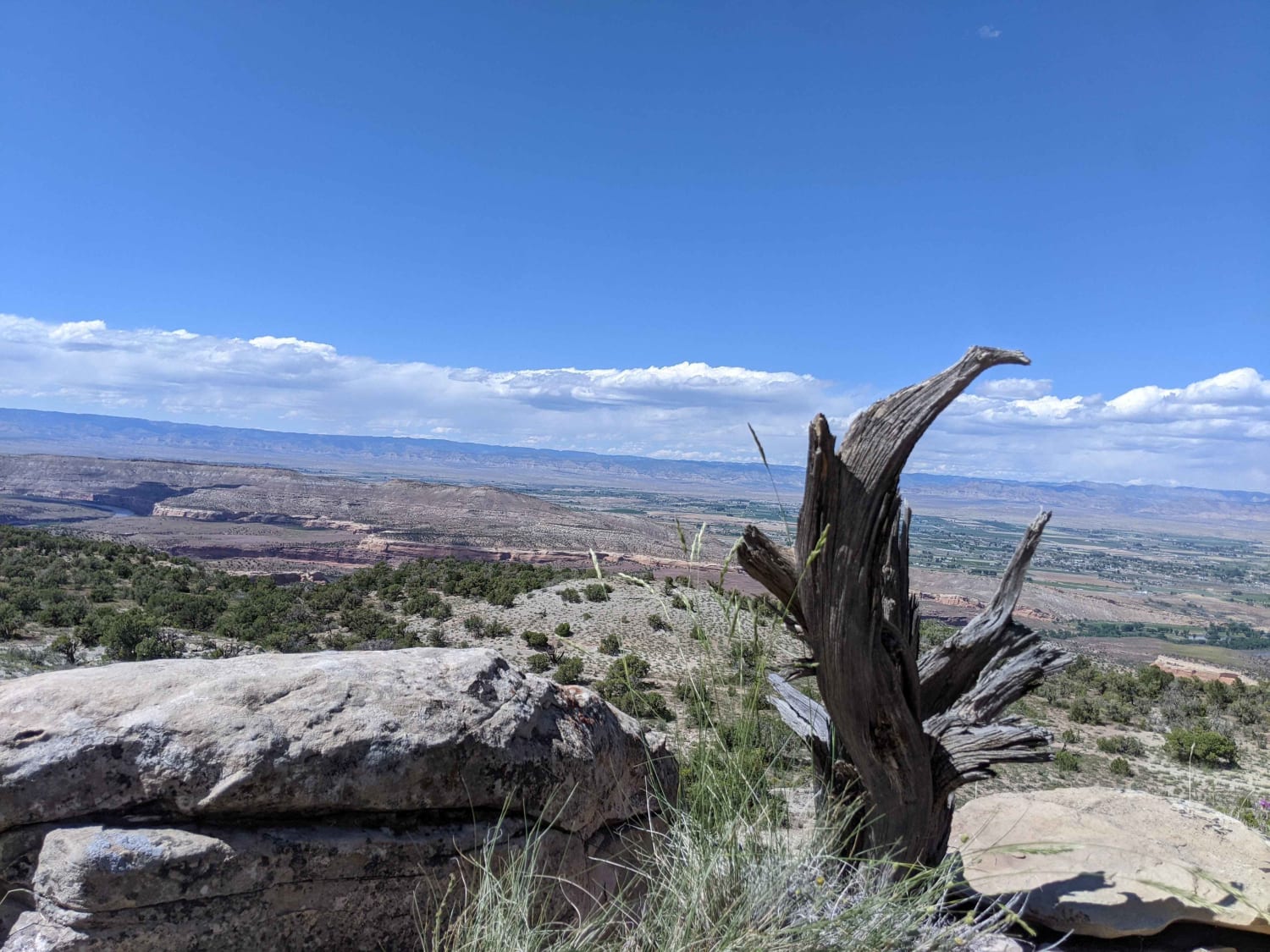
Rattlesnake Arches Jeep Trail
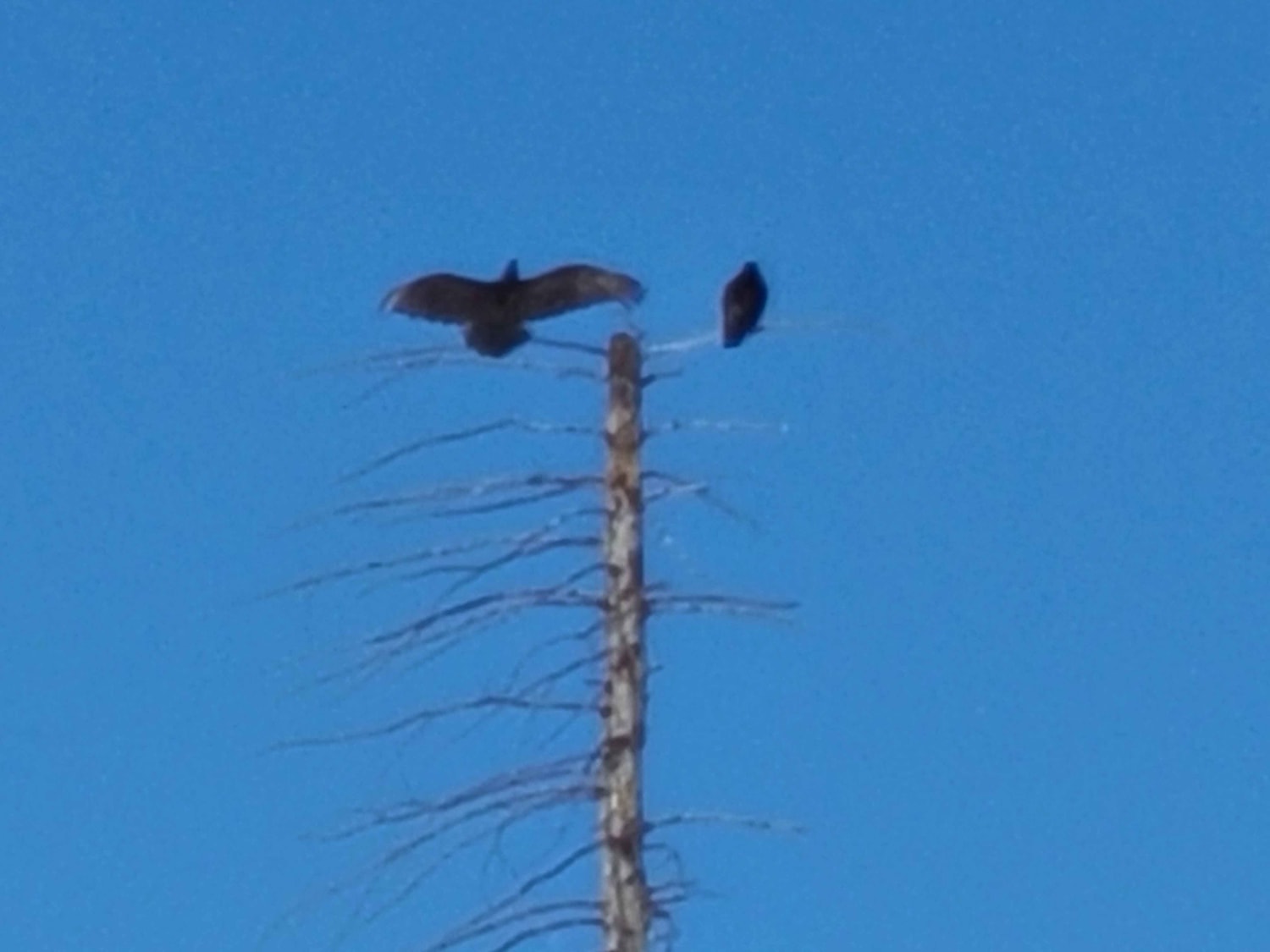
West Rainbow Falls
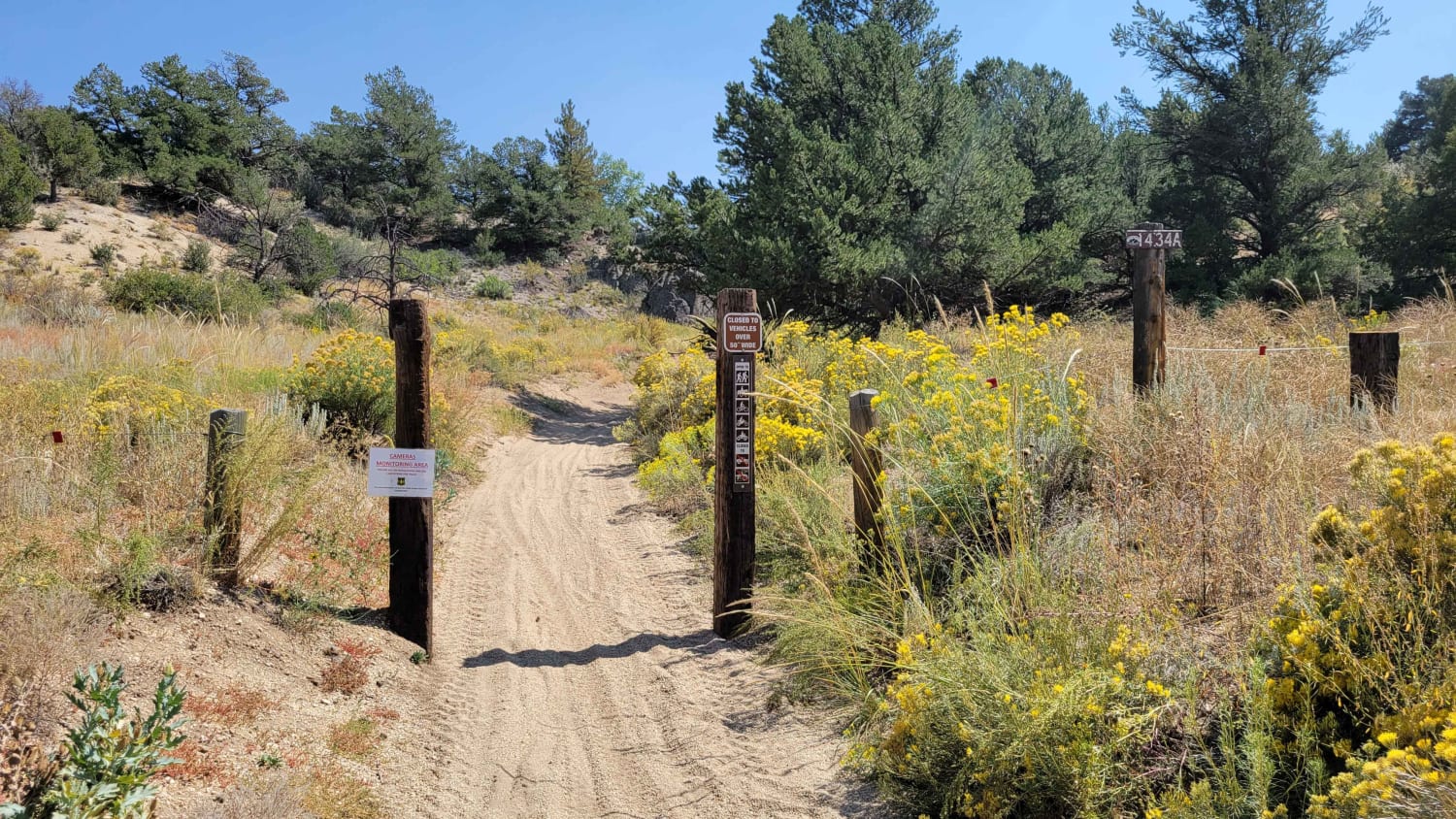
Rock N' Roll 1 (1434 A)
The onX Offroad Difference
onX Offroad combines trail photos, descriptions, difficulty ratings, width restrictions, seasonality, and more in a user-friendly interface. Available on all devices, with offline access and full compatibility with CarPlay and Android Auto. Discover what you’re missing today!
